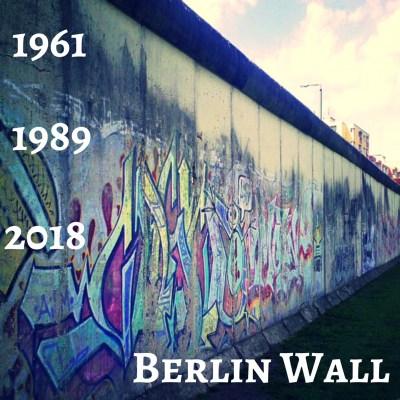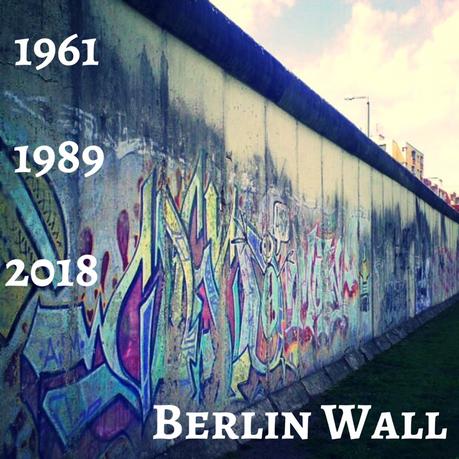
106 total views, 0 views today
Dividing the city of Berlin for 28 years
The Berlin Wall stood for 28 years, slicing through the city dividing East from West. Monday 5th February 2018 is a turning point in the history of Berlin and Germany. For the first time, the wall has been gone for as long as it stood.
What was the Berlin Wall?
The Berlin Wall ('Berliner Mauer' or 'Die Mauer' in German) was a constructed barrier, which both physically and ideologically split Berlin.
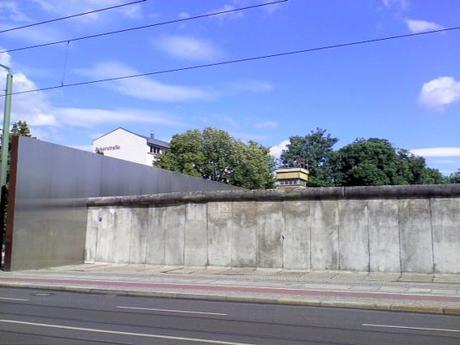
Why was it built?
Now, this is a long story so grab a cup of tea... at the end of the Second World War what remained of pre-war Germany was divided into four occupation zones. Each being controlled by one of the four occupying Allied powers. These were the United States, the United Kingdom, France and the Soviet Union. Berlin was located within East Germany, the Soviet Union zone, but being the capital city it was subdivided into four sectors.
The four occupying powers couldn't agree on reconstruction plans. France, the United Kingdom and the United States worked together to enable development and for the country to be self-sufficient.
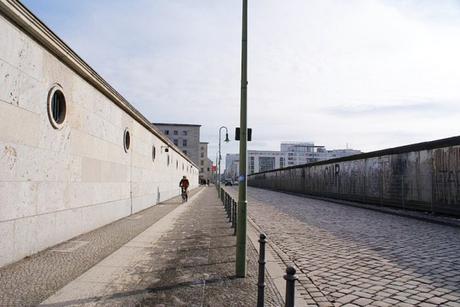
Soviet leader Joseph Stalin wanted a Soviet-controlled Germany so he put the pressure on with the Berlin Blockade. Rail, road and canal links into Berlin were blocked to Allied powers. So food, materials and fuel had to be airlifted in. The blockade ended in May 1949 and by October the German Democratic Republic (East Germany) was declared a country.
East and West Germany operated two different economies. West Germany (the Federal Republic of Germany developed into a allestern capitalist country with a social market economy. Continuing economic growth and an increased standard of living meant that a number of East Germans wanted to move to West Germany.
Over the years, issues such as increased emigration and the need to control the movement of citizens culminated in the 1961 construction of the Berlin Wall.
The East German government claimed that the Wall was an "anti-fascist protective rampart" which would protect East Germany from the West.
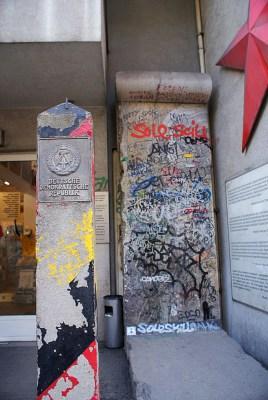
Construction of the Berlin Wall
On Sunday 13th August the border with West Berlin was closed. Streets were blocked and barbed wire installed to make them impassable.
Built on East German land, the wall included guard towers placed along large concrete walls, accompanied by a wide area (known as the "death strip").
At 87 miles long the Berlin Wall wasn't small. In 1962 a second wall was constructed creating a huge space where guards could see everything. Raked sand or gravel areas were created to easily identify footprints and offer a clear line of sight.
The wall that is identified as the Berlin Wall is the fourth version of the Wall. Construction began in 1975 and was completed in 1980. There were 45,000 separate sections of reinforced concrete, each 12 ft high and 3.9 ft wide.
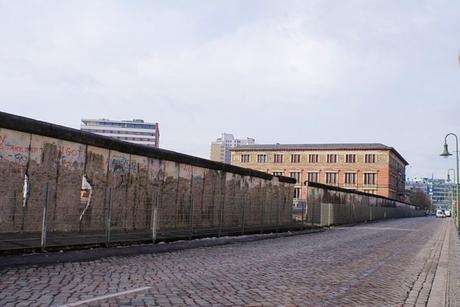
Crossing the Berlin Wall
There were nine border crossings between East and West Berlin. The most famous being the vehicle and pedestrian checkpoint at the corner of Friedrichstraße and Zimmerstraße AKA Checkpoint Charlie.
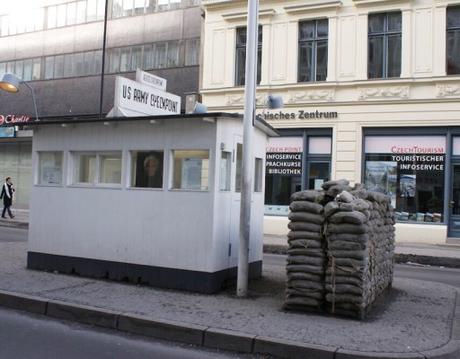
Another crossing was at the palace of Tears (Tränenpalast) at Friedrichstraße Railway Station. This was the crossing for those travelling by rail, s-Bahn or u-Bahn.
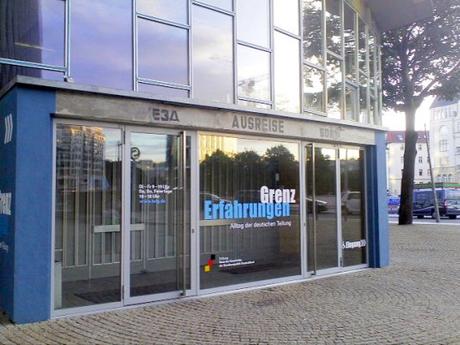
The number of people who died trying to cross the Wall has been a hotly disputed number. Numbers range from 98 to 200 deaths.
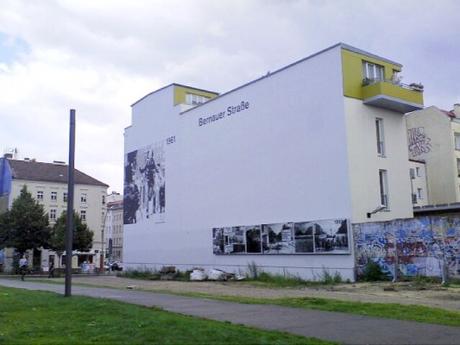
On 22 August 1961, Ida Siekmann was the first casualty at the Berlin Wall. She died after she jumped out of her third-floor apartment at 48 Bernauer Strasse. A visit to the displays on Bernauer Straße are recommended.
Recommended sites to visit:
The East Side Gallery
Located along the river Spree on Mühlenstraße in Friedrichshain is the East Side Gallery (Berlin), a portion of the wall which is now an outdoor art gallery!
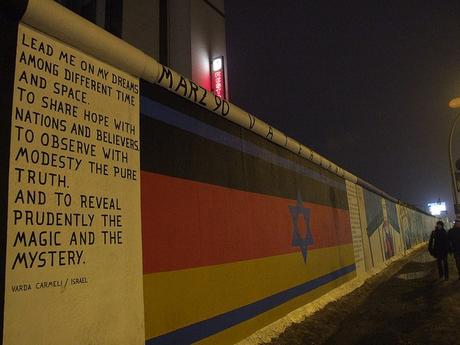
Gedenkstätte Berliner Mauer
The official memorial of the Berlin Wall is located on Bernauer Straße in Berlin Mitte and it is free to visit!
Topography of Terror
Although the Topography of Terror is a memorial and documentation centre dealing with the terror inflicted by the Nazi regime (which is also free to visit). The site contains a stretch of original Berlin Wall.
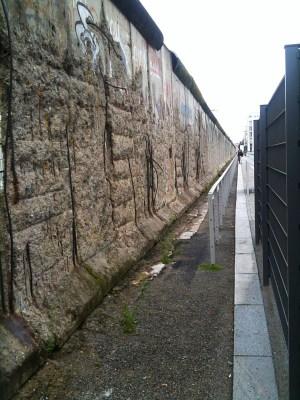
The Tränenpalast - The Palace of Tears

Mentioned above, this is one of the last original border control buildings still standing and again you can visit Tränenpalast for free.
Mauerpark
Mauerpark ( Wall Park) is a park on the site of the death strip. Every Sunday, Mauerpark has a flea market with everything from clothing to street food stalls.
Alltag in der DDR - Everyday Life in the GDR
This is an exhibition at the "Museum in der Kulturbrauerei" Museum at the Kulturbrauerei and it's free to enter too!
Not only does this museum cover the wall but life in East Germany.
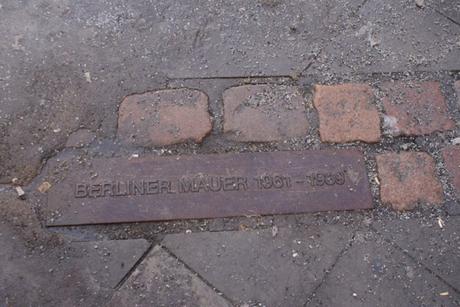
Mauerweg
Look under your feet and follow the Mauerweg.
The Mauerweg is around 155km and follows the entire path of the Berlin Wall around former West Berlin. A recommended route is from Mauerpark in Prenzlauer Berg to the Oberbaumbrücke on the river Spree on the border of Kreuzberg and Friedrichshain. Find out more here https://www.berlin.de/mauer/en/wall-trail/
